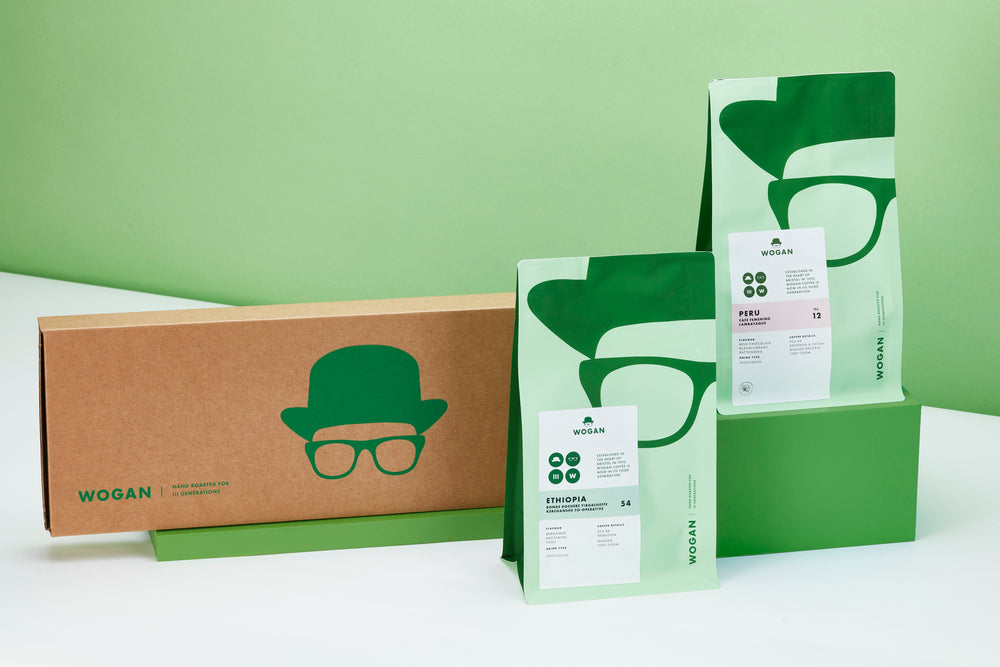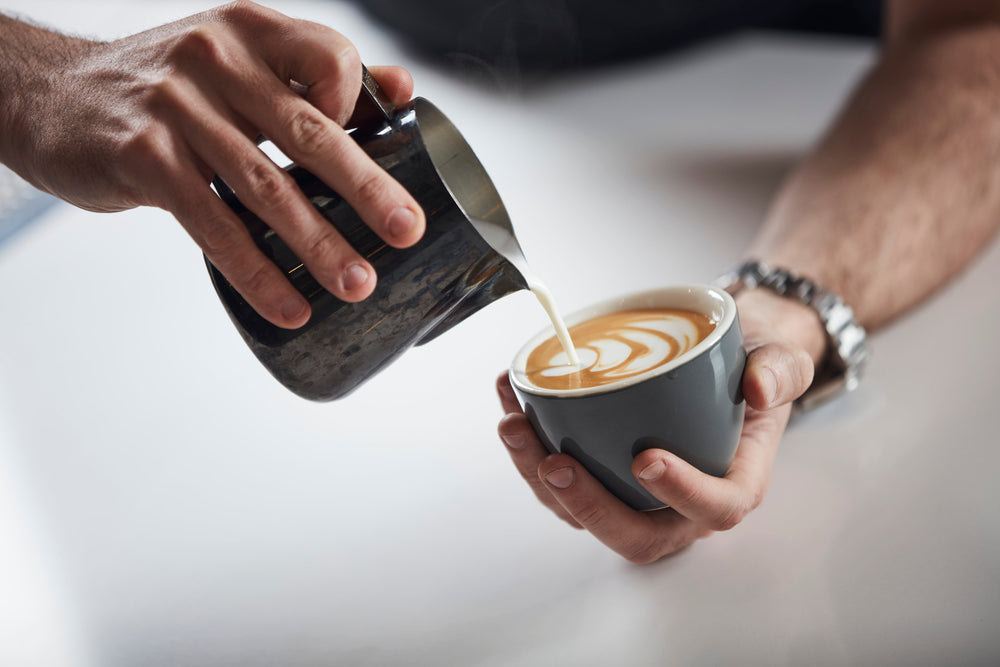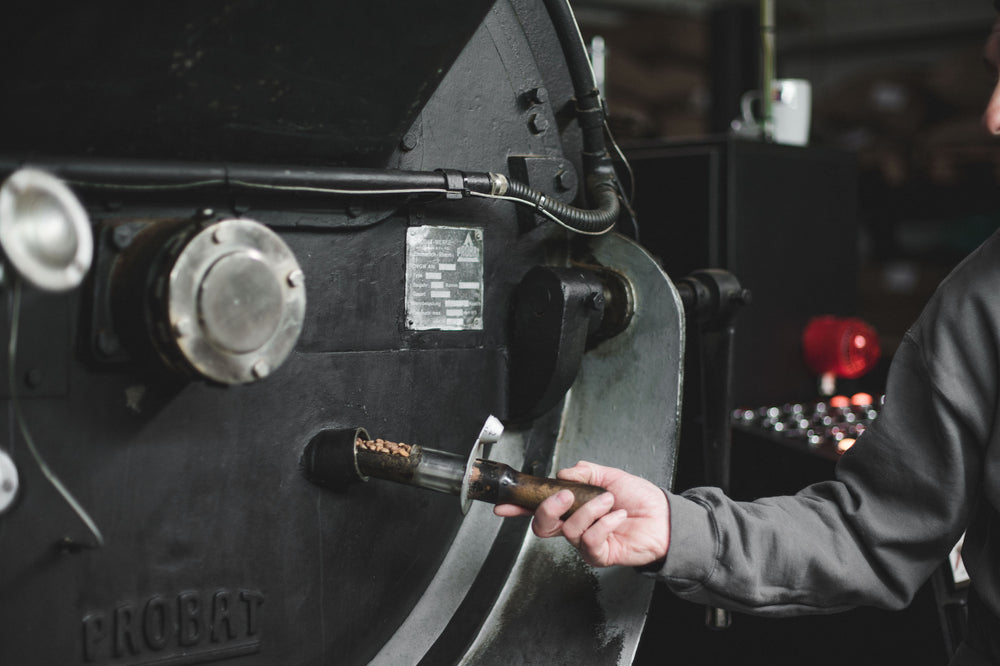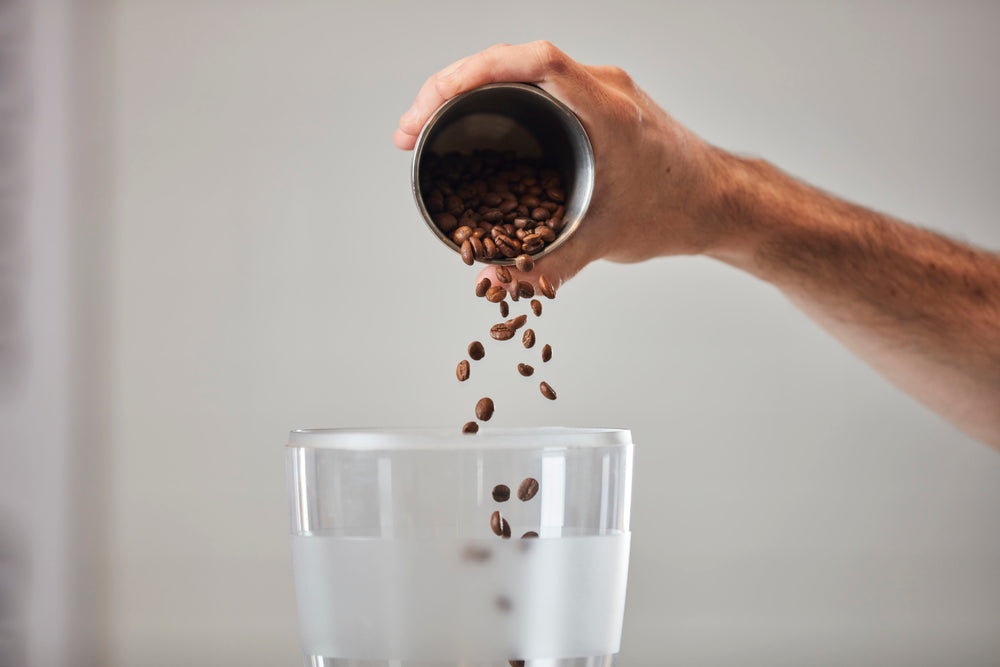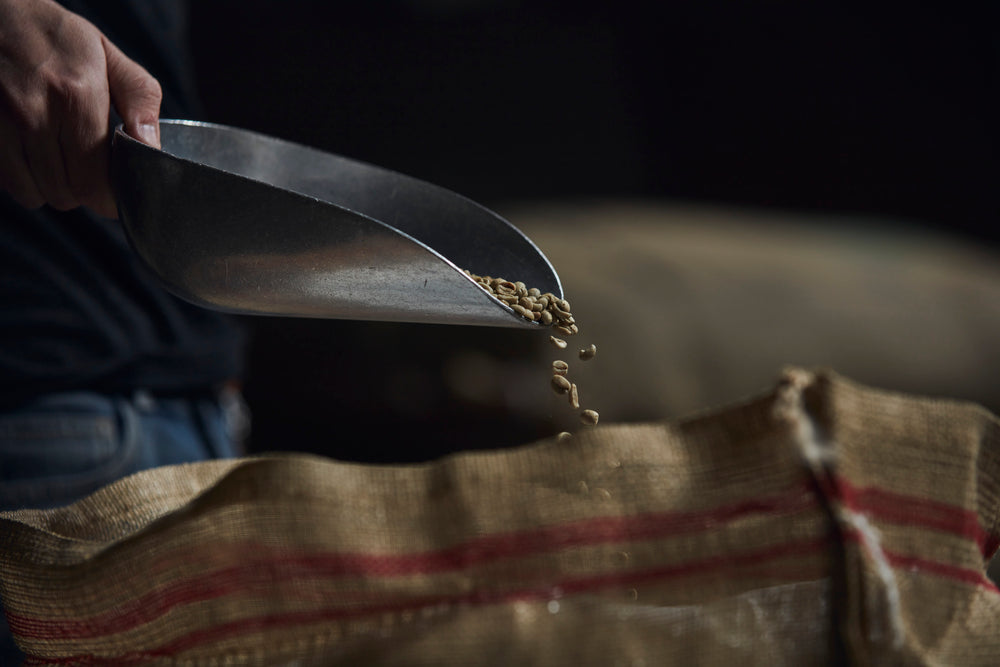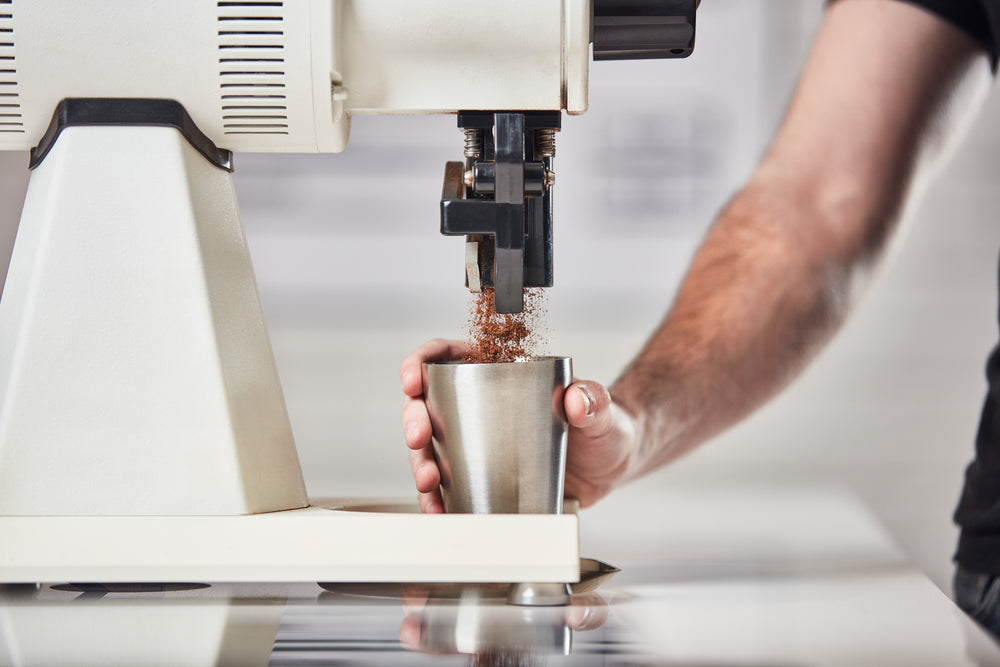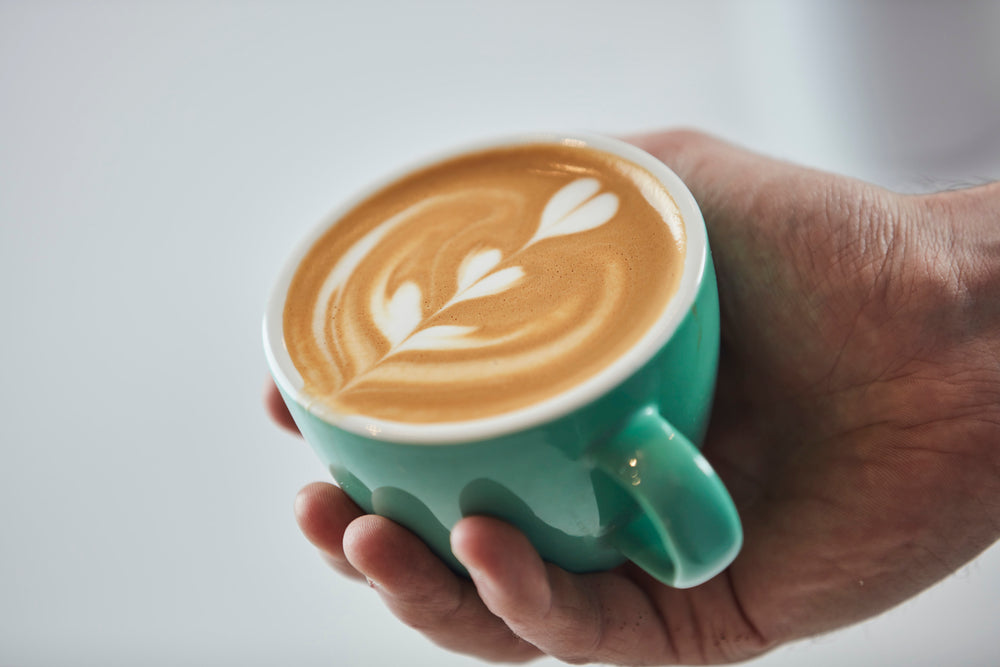Really being able to taste and isolate the flavours you see on a coffee bag is easier said than done. While having a sensitive palate helps, anyone can train themselves to detect more from the coffee in their cup — with the right tools, a few tricks, and plenty of tasting!
The SCA Flavour Wheel is the tool that specialty baristas use for sensory training. This framework breaks down the different types of flavours that can be present within coffee, based on altitudes, fermentation and roast profiles. It also diagnoses the different flavours that can come from defects, whether its poor growing practices, over/under fermenting, poor storage and roast defects.

Let’s focus on the nice side of things. At its most basic, the taste of “coffee” that we are all familiar with has been isolated and specified into chocolate and nut notes. Coffees grown at lower altitudes, and/or longer roast developments will be more dominantly chocolate-y and nutty. As we start growing higher altitude, lighter roasting and heavier fermentations, we start getting into the more complex side of coffee flavours.
Looking at the wheel, it combines 3 gears, the centre being the very basic elements of flavour – Nutty/Cocoa, Sweet, Fruity, Spicy and Floral. The next gear up starts to get more specific but still relatively generalized, Nutty and Cocoa are separated, Sweet becomes brown sugar, vanilla or “overall sweet”, fruity becomes berry, dried fruit, citrus fruit etc. The third gear is the most specific of all, nuts become almonds and hazelnuts, chocolate becomes milk or dark, berry becomes blueberry or raspberry, and citrus becomes orange and lemons.
Working your way out from the centre gear to the outer gear, helps give you a frame to work against. Rather than just thinking “what does this taste like?”, have a specific question in your head. “Does this taste chocolate-y?” Yes, or no? If no, then move to the next question, if yes then take it to the next gear “does this taste of dark chocolate?” “Does this taste of milk chocolate?” Yes, or no? Working your way down the question tree helps at the very least to eliminate what it DOESN’T taste like, if you know what it doesn’t taste like then you are invariably left with what it DOES taste like.
This is the first part of sensory work, figuring out what kind of flavours you are detecting. Most coffees will have an element of chocolatey-ness or nuttiness to them. Medium roasts will have some subtler fruit qualities, whether its red fruits or citrus fruits or apple fruits, and light roasts will have lots of acidity and some sort of floral aromatic. The specificity of what you are detecting comes down more to your individual sensory perception. What tastes more blueberry-like to me may taste more raspberry like to you, however at their core they are both under the “red fruit” gear.
The next thing to consider when tasting coffee beyond the flavour is the “mouthfeel”. This is detecting how much of the soluble matter – mostly the sugars and bitter principles – have been extracted into the cup. Rudimentary descriptors would be either “thin” or “thick” mouthfeel, but we can specify that further based on the perception of the sweetness in the cup. A thick mouthfeel with lots of sweetness could be described as “syrupy” or “buttery”, a thin mouthfeel with more bitterness could be “tea-like”. The easiest way to determine mouthfeel is to take a sip of coffee, push it to the roof of your mouth with your tongue and feel how much or little resistance there is to the fluid moving.
Combining these elements of flavour detection and mouthfeel, we begin to get more specific with the notes. A coffee that has an apple-y element, with a creamy mouthfeel, could be described as apple pie. A boozy acetic quality, with a strong red fruit note could be kirsch or wine, and strong citrus qualities combined with red fruits can come across quite tropical and mango-like. A coffee with a lot of sweetness but a light roast could have a honey note but give it a longer roast development and that would transform into more caramelly and toffee qualities.
As with most things, practice makes perfect. The more coffees you try - different places, different processes and different altitudes –you are training your palette to detect more within your cup. Going to cuppings that roasteries or coffee shops host, booking into one of our tableside cuppings that we offer in our brew bar, or just buying lots of different coffee will all benefit your sensory development. You could try a coffee and then a year later after trying lots of others try it again and taste something completely different!
Beyond this, when it comes to tasting coffee trust your own sensory perception. Don’t just take what a barista or a roastery has told you that you should be tasting, these are all individual notes. We cup our coffees blind as a team and only share our notes once we have tried finished, if there is overlap that is more likely to be something we will use, and outliers’ notes will get tossed. Using the question tree model but swapping out flavours for something else that you relate to is another way of doing it, using colour is a great metaphor – this is redder whereas this is greener.
The final most important thing to consider is… are you enjoying the coffee? A coffee tasting nice is far more important that detecting the specific ratio of malic to citric acid or the caramelization development. Enjoying your cup is phase 1, WHY you are enjoying your cup second to that.
Ready to level up your tasting game? Pop down to the Wogan Brew Bar for a tableside cupping, or browse our range of single origin coffees or house blends to start training your palate at home.
Blog written by Andy from the Wogan Brew Bar.
